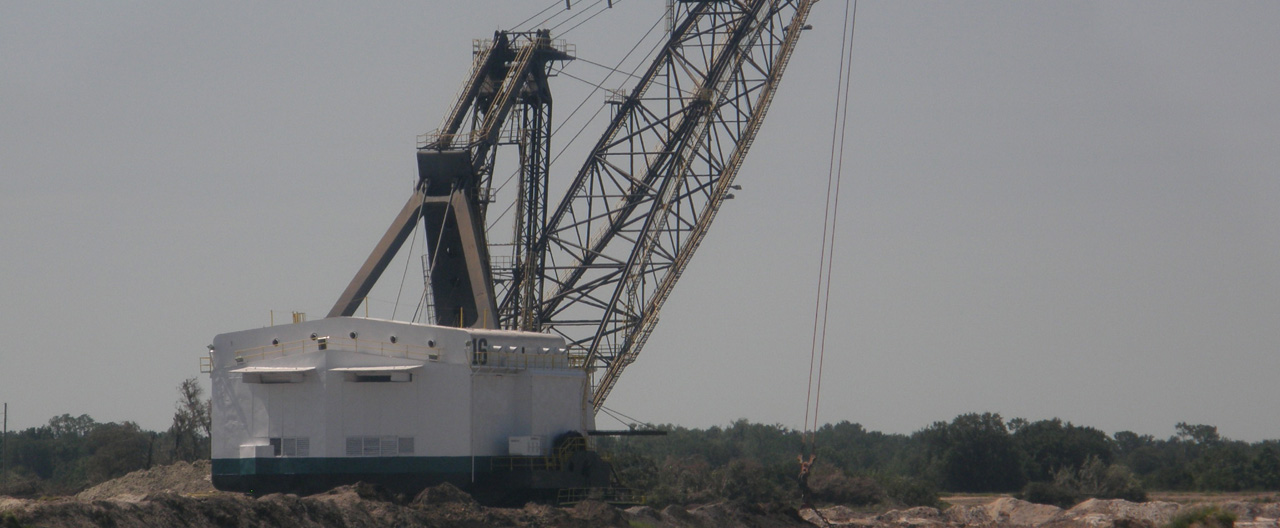Radon and Homes
- • Radon is a colorless, odorless gas. You can’t see it, taste it or smell it, but
it is always present in the air you breathe.
• The vast majority of radon comes from the radioactive decay of uranium, which has been in the ground since the Earth formed.
• Since radon is a gas, it easily moves through soil and percolates up to the surface and into the atmosphere.
• Some of the radon that reaches the surface can penetrate into your house through flooring, cracks and plumbing. Radon in a tightly closed house can build up to higher concentrations than the outside air. Under more normal ventilation conditions for Florida, such as air conditioning or open windows, the radon concentration is likely to be similar to the outside air.
• Radon is also radioactive and produces its own radioactive “daughters.” The daughters are other radioactive elements of lesser mass. Radon itself is not very chemically reactive. You breathe it in and out without retaining it and receive very little radiation dose to your body. The daughters are a different story. The daughters are solids that can be retained in your lungs and moved to other parts of your body. As they decay, they emit radiation that is absorbed by the body tissues around them.
• It is not known what radon concentration in air, when breathed continuously, would lead to a radiation dose from its daughters that would be harmful. In order to be most protective of human health, the U.S. EPA set a concentration standard of 4 picocuries per liter of air (pCi/L) for homes. They suggest that owners of homes that maintain this average level should take active steps to reduce those levels, e.g., installing a sub-slab ventilation system.
